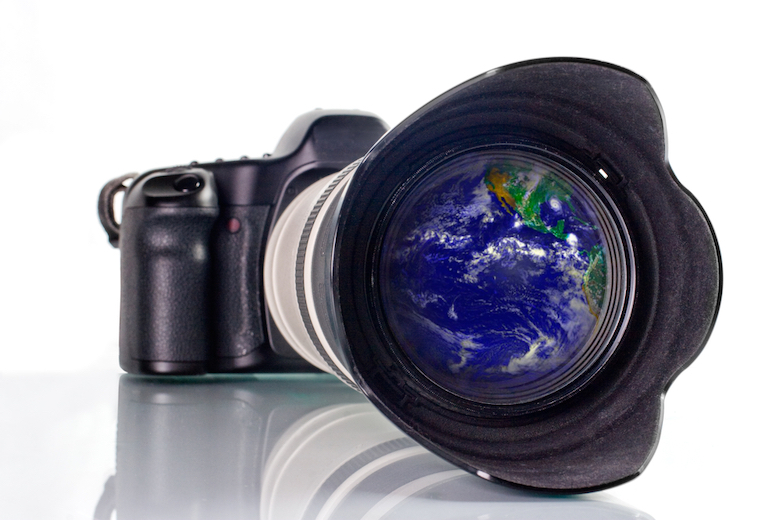It is not a sentence but it has an important symbolic value, which we will return to: the World Press Photo Contest, a prestigious photography competition, has banned images created by artificial intelligence.
Artificial intelligence that has hit the headlines in recent days due to a series of corporate upheavals involving OpenAI, a company that put ChatGPT on the market almost a year ago. For some, the dismissal of former CEO Sam Altman (who cannot be ruled out will soon be reinstated) would have to do with his unscrupulousness in using the most advanced AI.
The software that produces images is the most fascinating and, at the same time, potentially the most dangerous. Let’s think, for example, of the multitude of fake news produced by the two factions in the Russian-Ukrainian conflict first, and in that between Israel and Hamas afterwards.
World Press Photo
World Press Photo is a non-profit organization based in Amsterdam, which organizes the World Press Photo Contest, considered the most prestigious photojournalism competition in the world.
Well: in a note updated on Monday 20 November, it is specified that there is no place for images created by artificial intelligence in the World Press Photo Contest. Let’s read the reasons.

AI-generated photos from the World Press Photo Contest
The note explains that initially the images produced by artificial intelligence would have been accepted into the Open section of the World Press Photo Contest.
After that, thanks to numerous feedback, it was decided to exclude images produced wholly or partially by AI from any categories. “This is in line with our long-standing values of accuracy and reliability. It is our belief and inspiration that print and documentary photographers bring stories that matter to the world and to our competition every day.”
The motivations
The note, in reality, is extrapolated from a larger article, in which the reasons for the choice are explained.
The reasoning starts with a historical excursus: photographs have been altered since the dawn of this technique (or art).
Yet, it is undeniable that AI has accelerated and made this aspect absolute in recent times. Therefore, World Press Photo together with representatives from Magnum Photos and the National Press Photographers Association has developed “a set of clear ethical standards to help photojournalists, documentary photographers, photo editors and media organizations in response to the emergence of AI-based image generation tools.”
Until we get to the central question: when is a photograph not a photograph?
No to AI in the competition. Almost
Therefore, as we were saying, those generated completely or partially by software will not be considered photographs.
However, at the World Press Photo Contest, the use of artificial intelligence will still be allowed in so-called postproduction. But under what terms? Here we enter a poorly codified area, because it will be the jury that will determine whether the AI’s contribution has been adequate or excessive.
“Some examples of tools where limited use may be allowed are noise reduction, automatic adjustments (e.g. on levels, colors, contrast) and object selection. These are permitted within a certain limit, which is to be determined by the competition organization and the global jury.
The tools that immediately violate the contest rules are all AI-based enlargement tools like Adobe Super Resolution and Topaz Photo AI. These tools are based on generative artificial intelligence models that introduce new information to enlarge and sharpen images.”
What is art?
Many readers will remember the image created with AI that won the Sony World Photography Awards 2023 in April. And the photographer Boris Eldagsen, who sent the image to the competition to open the debate, then refused to withdraw the prize.
Here we are on another level compared to that of fake news deliberately created with images produced by software. In this case we need to ask ourselves what art is, and how much part human creativity and ingenuity should have. So far, judges have tried, both in Italy and in the USA, with sentences with different outcomes (and with regards to copyright).
Certainly, discretionary rules such as those of the World Press Photo Contest risk fueling confusion.















Leave a Reply
View Comments